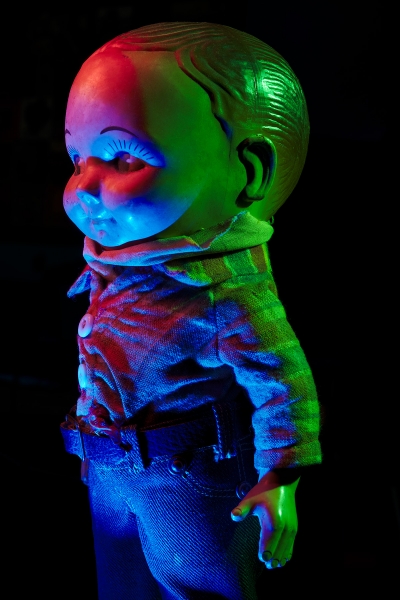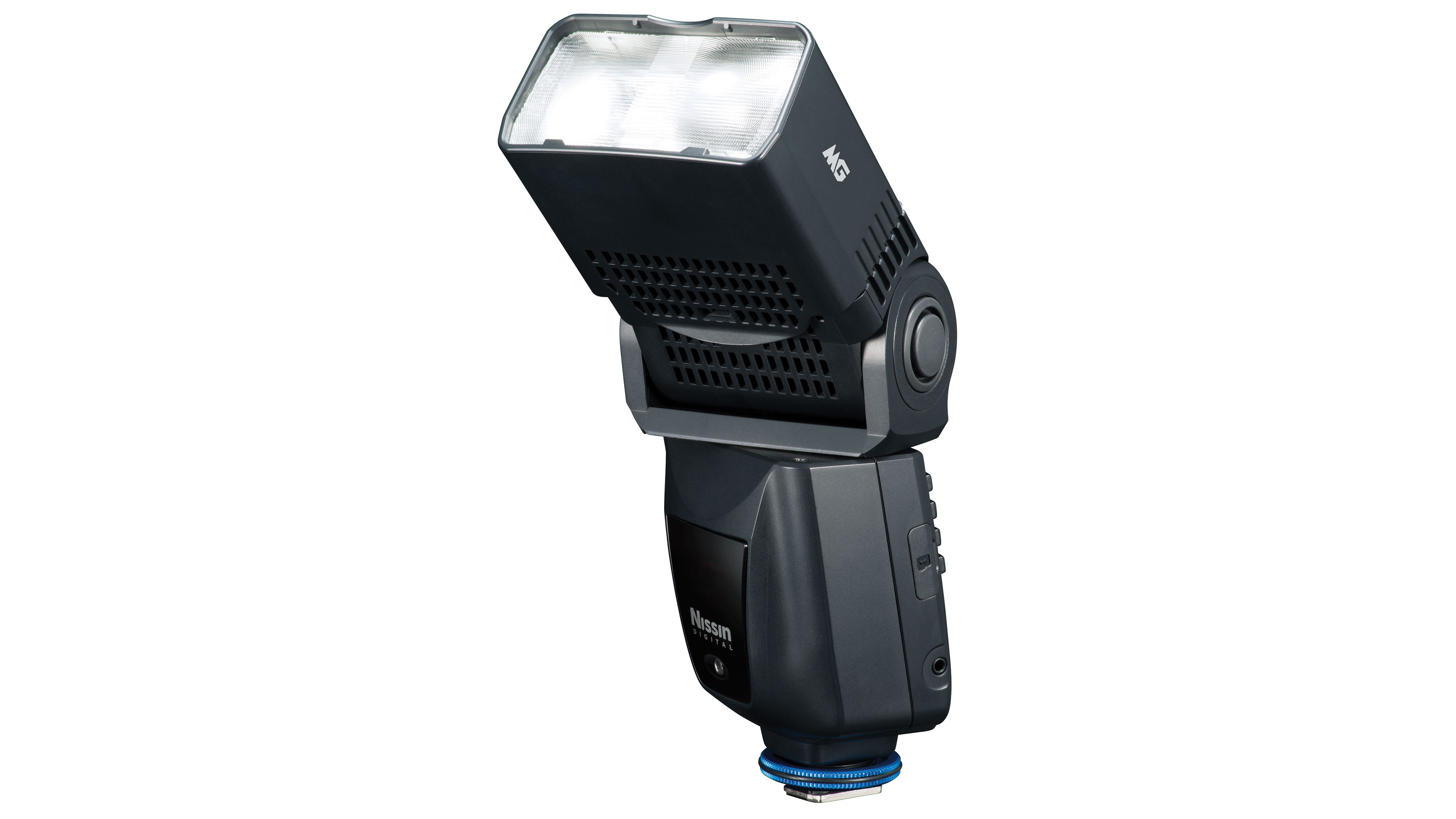Review: Nissin MG80 Pro Flash Is an Appealing Option
Photographer Ellis Vener reviews the NISSIN MG80 PRO flash.
• June 2020 issue
A lot of companies make a range of TTL controllable battery-powered electronic flashes with built-in radio receivers, but Nissin does things a bit differently than most. When you pick up a Nissin hot shoe mount flash like the MG80 Pro, you notice that it’s heavier and more solidly built than its competitors.
Turning on an MG80 Pro or MG10 flash wakes up a unique feature of the Nissin flashes: an electromagnetic mechanism moves the Fresnel lens to match the angle of view of the camera lens without moving the flash tube. On other flashes the beam angle changes by moving the flash tube and reflector assembly inside the head behind a fixed-position Fresnel lens. The Nissin lens and its frame are easily removable for bare-bulb use with soft boxes, beauty dishes, umbrellas, and other applications.
Nissin calls its wireless control system the Nissin Air System. While the MG80 Pro can control a system of off-camera flashes, Nissin also make two compact transmitters, the Air 1 and the Air 10s. Like the MG80 Pro, i60a, and Di700A hot shoe mount flashes, the Air 1 and Air 10s are available in Canon, Fujifilm, Nikon, Olympus, and Panasonic Four Thirds and Micro Four Thirds, as well as Sony variants. The Air R receiver allows users to incorporate Nikon, Sony, or Canon hot shoe speedlights, though it isn’t able to let you use Nissin speedlights made for one camera brand as an off-camera flash with a different camera brand.
Combined with the flash’s rugged build quality, this versatility makes Nissin’s light an attractive economic option for studios using multiple camera systems.

Three MG80 Pros helped me get a menacing look on a vintage Lee Jeans Buddy Lee doll. Nissin’s crosssystem compatibility let me combine Sony-, Nikon-, and Canon-dedicated MG80s into one system, and shoot with an Air 10s-equipped Sony a7R IV fitted with a Sony FE 85mm F1.4 lens. With each flash in a separate TTL-controlled group, I adjusted each group bias setting to create the desired effect. I used different Rogue Flash Gels on each flash. The key light (red) used Rogue’s new FlashBender v3 XL Pro Lighting System gridded soft box, a Rogue 3-in-1 Flash Grid on the hair light, and a narrowed beam angle on the third light coming from below.
The MG80 Pro is the most appealing and versatile of Nissin’s Air System flash offerings. In size, capabilities, and price, the MG80 Pro fits squarely into the class of large premium hot shoe mount flashes like the Nikon SB5000 AF Speedlight, Canon Speedlite 600EX II-RT, and Sony HVL-F60RM. The MG80 Pro weighs about 0.25 pounds more than those OEM flashes or similar non-OEM speedlights.
The MG80 Pro is an 83 watt-second (Ws) flash with a nine-stop range. The minimum power output is 0.324Ws. With 1,000mAh lithium-ion rechargeable AA batteries, Nissin conservatively estimates capacity at 360 full-power flashes and a full-power recharge time of 1.2 seconds. With standard alkaline batteries, recycle time drops to 3 seconds, and capacity drops to 250 full-power discharges. Other built-in features include HSS capability up to 1/8,000 second, first and rear curtain sync, and a stroboscopic mode for up to 10 flashes per second. There is also an 8W modeling light, which is a nice idea but only bright enough to be useful in very dark spaces.
The movable Fresnel lens on the MG80 Pro can narrow down the beam to match the coverage of a 200mm lens on a full-frame camera or spread it to cover the angle of view of a 24mm lens. Removing the lens produces a nearly hemispherical output, a handy feature that I haven’t seen on any similar hot shoe mount lights. If you regularly use speedlights in a soft box, being able to go bare creates a more diffused, flattering light without a hot spot. If you use an umbrella or a collapsible beauty dish reflector, the bare-tube option does a more efficient job of filling the umbrella’s bowl.
When using the Fresnel lens, the flash can automatically set the beam angle for standard focal lengths between 24mm and 200mm, or you can manually set it for 24, 28, 35, 50, 70, 85, 105, 135, and 200mm beam angles. The lighting geek in me would prefer to know the beam angle in degrees rather than lens focal lengths as I rarely use a flash mounted on or next to a camera, and the focal length numbers relate only to the 24x36mm format.
The MG10 is a larger, higher power handle-mount flash that also has a 1/4"-20 threaded socket for use on light stands.
Maximum output doubles that of the MG80 Pro to 165Ws, and like the MG80, the removable Fresnel lens head covers the same range of beam angles. With a pair of fresh 5,000mAh lithium-ion batteries, the unit should produce 500 full-power flashes at 2.8-second intervals or 200 full-power discharges at 3.5-second intervals when powered by eight 2,200mAh rechargeable batteries. There’s a connection for an external power source (two Sony PS8 batteries). The head of the MG10 can rotate a full 360 degrees and tilt up to 90 degrees.
Handle-mount flashes are attractive options when you want to get them slightly off-camera but don’t want the hassle of using a bracket to support a hot shoe mount flash. The Nissin MG80 Pro is $549.95, and the MG 10 is $539.


